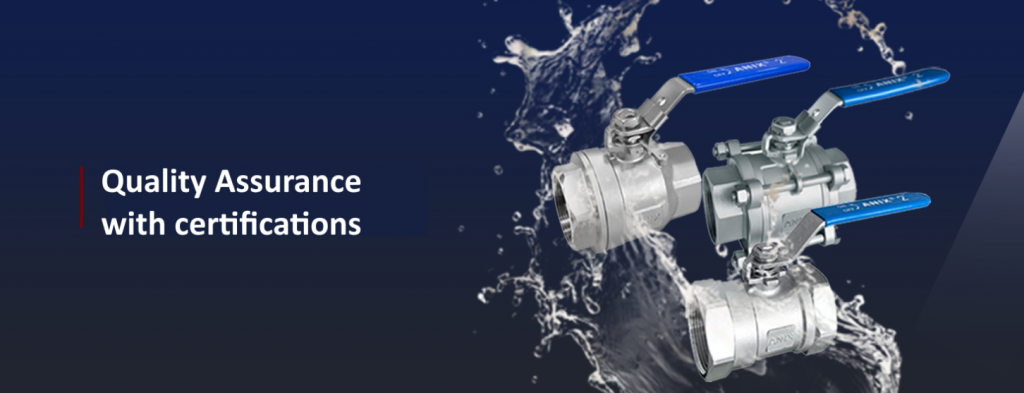Choosing the right valve is a critical decision for various industries, as it directly impacts the performance, efficiency and longevity of fluid control systems. Two popular options that often stand out in the market are stainless steel and cast steel valves. Understanding the advantages of each material is essential in making an informed choice. Stainless steel valves possess a multitude of advantages that make them a preferred choice in various applications. Firstly, their outstanding corrosion resistance is a key feature, making them ideal for handling aggressive and corrosive fluids. This property ensures a longer lifespan and reduces maintenance costs over time, making stainless steel valves a cost-effective investment. Additionally, these valves are highly durable, able to withstand extreme temperatures and high-pressure conditions, making them suitable for a wide range of industrial processes.
 Moreover, stainless steel valves offer excellent hygiene, making them suitable for applications in the food and pharmaceutical industries. Their non-porous surface prevents bacterial growth and ensures the integrity of the fluid being transported. Furthermore, stainless steel valves are easy to clean and maintain, meeting stringent sanitary requirements. On the other hand, cast steel valves also present a compelling set of advantages that cater to specific industrial needs. One of the primary advantages of cast steel valves is their exceptional strength and toughness. Cast steel valves can withstand heavy loads and high pressures, making them suitable for demanding applications in oil and gas, petrochemical and power generation industries. Additionally, these valves can be manufactured in complex shapes, allowing for more intricate designs to meet specific project requirements. Cast steel valves are also known for their cost-effectiveness and ease of production. The casting process allows for mass production, reducing manufacturing costs and making them a more budget-friendly option for large-scale projects. The ability to produce large quantities of cast steel valves without compromising on quality is a significant advantage for industries with high demand and volume requirements.
Moreover, stainless steel valves offer excellent hygiene, making them suitable for applications in the food and pharmaceutical industries. Their non-porous surface prevents bacterial growth and ensures the integrity of the fluid being transported. Furthermore, stainless steel valves are easy to clean and maintain, meeting stringent sanitary requirements. On the other hand, cast steel valves also present a compelling set of advantages that cater to specific industrial needs. One of the primary advantages of cast steel valves is their exceptional strength and toughness. Cast steel valves can withstand heavy loads and high pressures, making them suitable for demanding applications in oil and gas, petrochemical and power generation industries. Additionally, these valves can be manufactured in complex shapes, allowing for more intricate designs to meet specific project requirements. Cast steel valves are also known for their cost-effectiveness and ease of production. The casting process allows for mass production, reducing manufacturing costs and making them a more budget-friendly option for large-scale projects. The ability to produce large quantities of cast steel valves without compromising on quality is a significant advantage for industries with high demand and volume requirements.
Furthermore, cast steel valves demonstrate excellent performance even in extreme temperatures, making them a reliable choice for applications involving hot or cold fluids and pop over to these guys https://anixusa.com. Their mechanical properties provide excellent resistance to thermal stresses, ensuring a consistent and dependable performance over extended periods. In conclusion, both stainless steel and cast steel valves offer unique advantages that cater to different industrial needs. Choosing between the two depends on specific requirements, such as the nature of the fluid being handled, the level of corrosion resistance needed, the operating conditions and the project budget. For applications that demand exceptional corrosion resistance, hygiene and durability, stainless steel valves are the preferred option. On the other hand, when strength, toughness and cost-effectiveness are paramount, cast steel valves emerge as the top choice. Understanding these key differences enables industries to make well-informed decisions, ensuring the seamless operation of fluid control systems and maximizing overall efficiency and productivity.
Categories: Shopping